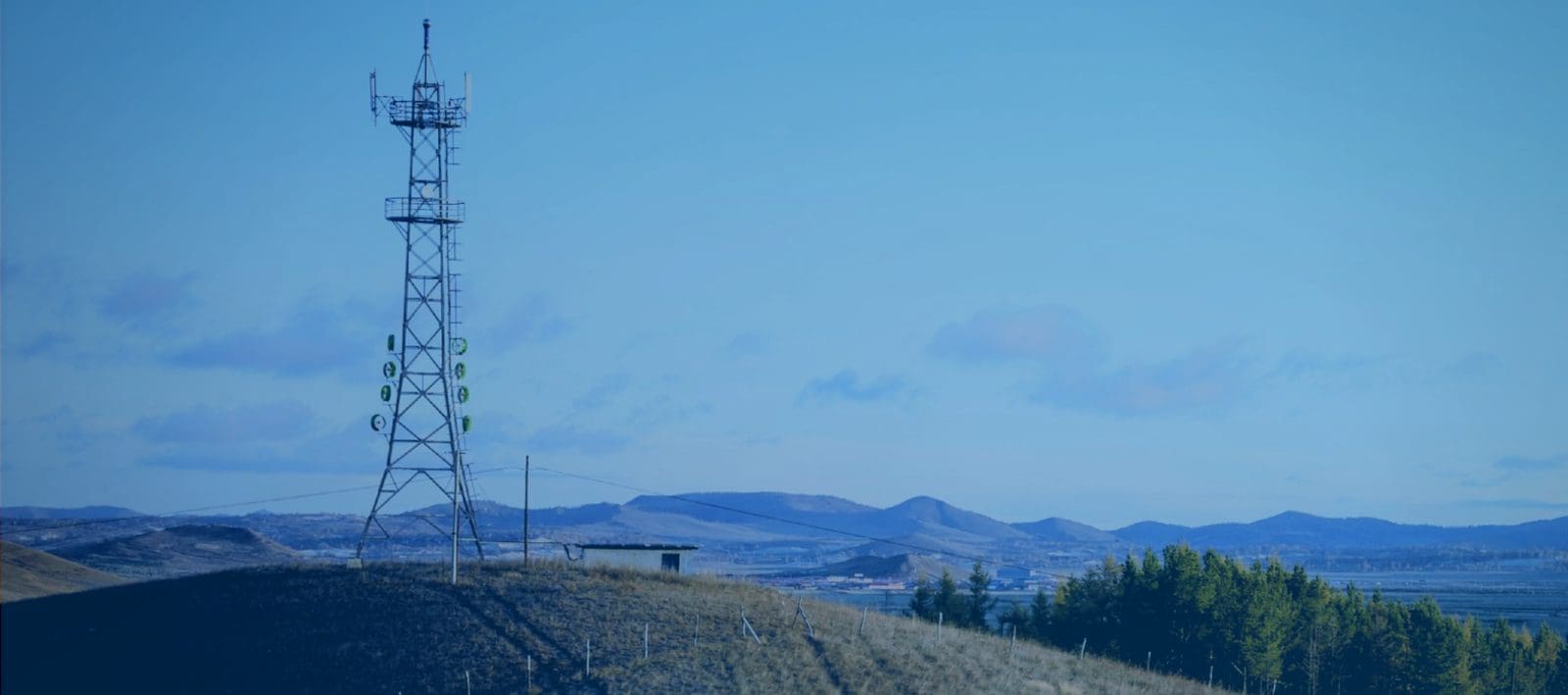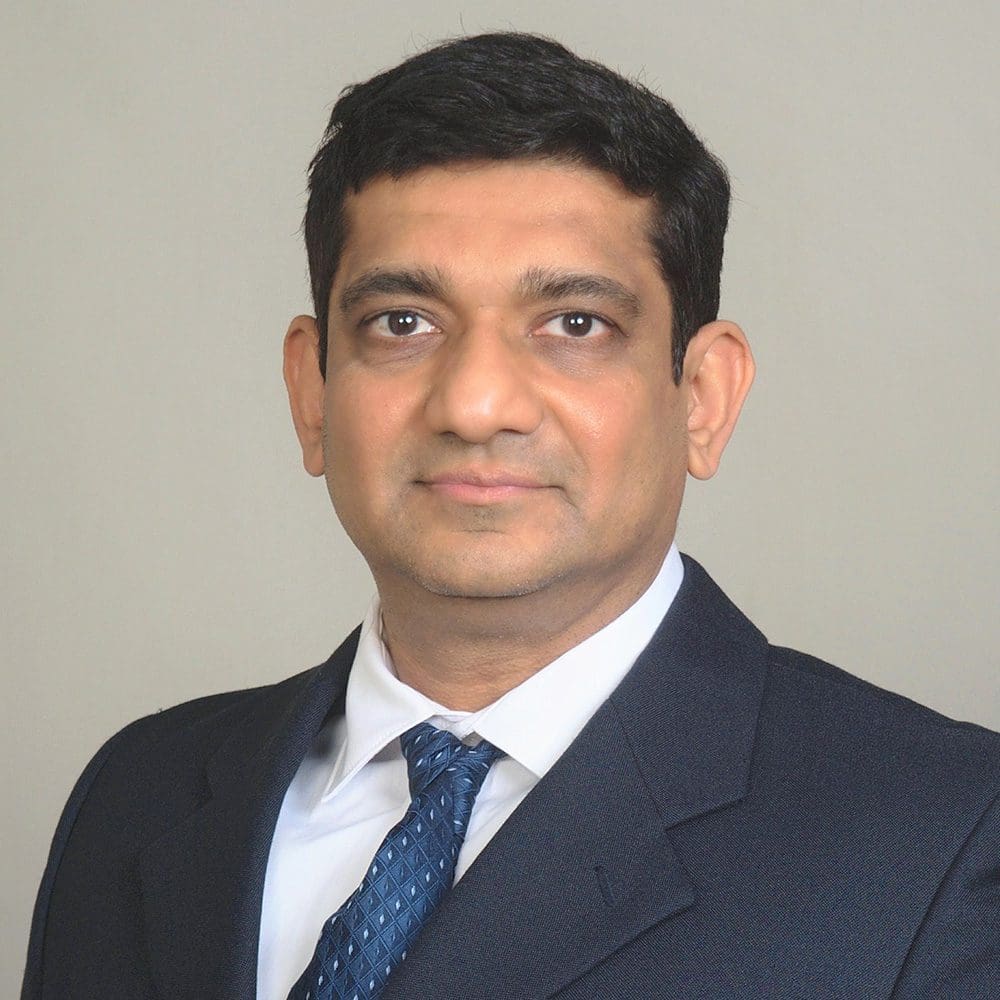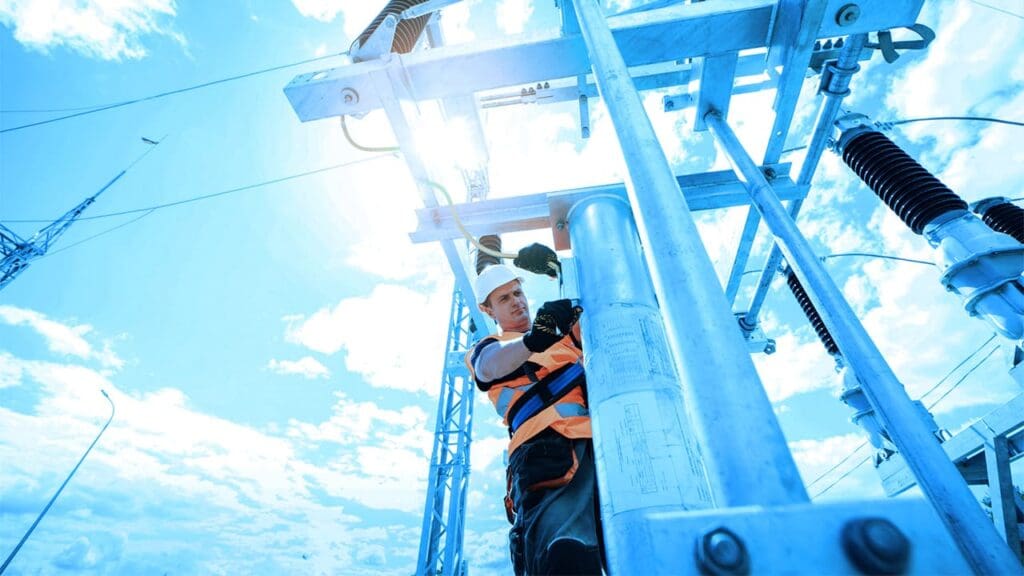View Video Transcript
Purva Rajkotia:
Hello, everyone. Welcome to the Rural Communication video series. In this series, we ask industry leaders and experts about their insights on how to provide connectivity to the rural and isolated population of the world. This video series is powered by IEEE SA connectivity and telecommunications practice. I am the practice lead and your host, Purva Rajkotia.
In this episode, we have with us Sandeep Agrawal, who is the team leader at C-DOT Bangalore. He is responsible for the overall Wi-Fi & Unlicensed band product development strategy in his present role in C-DOT. He is also leading and architecting the PM-WANI program at C-DOT, the Prime Minister’s Wi-Fi Access Network Interface. He is the chairman of IEEE P2872 standard for interoperable and secure public wi-fi infrastructure and architecture. And he is also the chairman of the Rural Communication Industry Connections program at IEEE SA.
Welcome to the series, Sandeep.
Sandeep Agrawal:
Thank you, Purva.
Purva Rajkotia:
So before we jump into this thing, I wanted to ask you some general questions. Like, what is the problem or issue you are seeing in India that ties back to the mission of providing connectivity to the under-connected population, or to the rural population of the world?
Sandeep Agrawal:
In this region, particularly in India, through multiple government-funded programs, especially through a universal service obligation fund, as done in other parts of the world as well where the useful fund is utilized to provide connectivity in rural areas.
In India, we have a program called NOFN that is National Optical Fiber Network. It is also called BharatNet, through which the connectivity has reached more than half of the rural areas and it’s in the progress of reaching to remaining villages. So the process of putting in place the digital infrastructure has already started or is in progress. So from a technology perspective, we are seeing fewer challenges.
The question is, what next when the infrastructure is in place? The pipes already reached these villages, but these pipes are empty. So the major challenge that we are facing today is the underutilization of the infrastructure, which is already put in place in these rural areas.
So affordable connection to the end-user, sustainable business model to move from government subsidy to self-sustainability and profitability, putting in place various application and services for end-users to consume the Internet for their day to day activities, these are the major challenge now, when the infrastructure is already in place.
So, the whole effort is to improve the utilization of the National Optical Fiber Network in India today. We have also seen migrant workers returning back to their villages during the pandemic that really fueled the usage of digital infrastructure in rural areas overnight. And we are seeing children not able to attend their school in the rural area and also require good connectivity for continuing education from homes. So these are the new use cases and the network getting loaded overnight is one of the new paradigm we are seeing in the rural networks.
As more and more people start connecting to the Internet and start utilizing the infrastructure, I understand the next question or challenge that will arise is that whether the connectivity, what we are making available to the end-user is actually meaningful. From meaningful what I mean is, you know, the speed, the quality, what an end-user is getting to perform a task on the broadband is sufficient, or it is just connectivity, but not really meaningful connectivity, which can make a difference in the end-users a day to day life. So one immediate challenge is underutilization and waiting for and providing quality service and speed will become another challenge. And the challenges are actually not specific to one region or to India. I’m very sure that these challenges are applicable to all regions globally.
Purva Rajkotia:
Right. So basically, how long have you been involved in this area, or in this industry and what role do you play in IEEE SA’s programs and activities?
Sandeep Agrawal:
I joined C-DOT, which is the Center for Development of Telematics, India. It is for the department of the telephone government of India. I joined in 2008, and I got an opportunity to work on a program to migrate the legacy technology for digital switching exchanges, which is called rural radio exchange and MAX main area exchange to the next generation technology that is MAX-NG.
So, if you see in India, a considerable number of rural telephone exchanges were based on legacy technology, which was developed by C-DOT way back in the eighties and nineties, and it’s still functional in the telecom network and these exchanges are now migrated to IP based technology and users are separate the next-generation services on the same exchange.
So I got to spend time and learn about the network along with the implementation. And now I’m responsible for the next generation Wi-Fi program in my present role at C-DOT. I am also leading and architecting the PM-WANI that is the Prime Minister’s Wi-Fi Access Network Interface program of India to deploy 10 million Wi-Fi hotspots in the country. We at C-DOT have been working on designing products and solutions, which are suitable for the rural masses.
I’m also very actively involved in IEEE SA projects such as P2872, P2061, P1914, and 802.11 working groups, contributing my learning and experience in working in this area for more than a decade.
Purva Rajkotia:
That’s right. So now from your perspective, how can IEEE SA support address these challenges? And are there any specific programs or activities you see that support this work in this field that IEEE SA is carrying out right now?
Sandeep Agrawal:
In fact, I typically, IEEE SA with its immense experience and global reach is already playing an important role in this area.
So there are multiple standard activities already undertaken through the IEEE platform. I’ll just take a few names. Like, IEEE 802.3 is the LAN standard, or IEEE 802.11, we call it Wi-Fi standard, or IEEE 802.22 that is for TV white space.
These are the backbone technology, which is being used all across the globe to create digital infrastructure in rural areas. When we talk about rural areas, you will find these standards being implemented in some or other way to provide connectivity.
And if I talk about the ongoing standard development activity, multiple of them are driven from India and are very important for rural communication. I’ll take an example of a newly launched program for IEEE P2872, which is interoperable and secure wireless, local area, network, infrastructure, and architecture. This particular program focuses on creating public Wi-Fi, infrastructure suitable for underdeveloped and developing countries. Similarly, another program is Frugal 5G also for P2061, which is architecture for low mobility and energy-efficient network for affordable broadband access. So this is a very important activity which is in progress to define multiple aspects of rural communication infrastructure. Another program is DIITA, digital identity, inclusion, trust, and agency. Apart from that, we have IEEE INGR that is the “connecting the unconnected” program. And then another new program that has started and in progress is P1941.1, which is Internet services in rural areas.
So, there are many new standards in the pipeline for approval, and which will complement ongoing work of connecting the unconnected. These activities are all complementing each other, and trying to solve the challenges of rural connectivity.
Purva Rajkotia:
I have a specific question for you as the chairman of the working group for rural connectivity. How do you envision the standards activities that you are leading, or they are going to evolve to provide rural connectivity?
Sandeep Agrawal:
In some of the programs where I’m involved, we are seeing a lot of work in all these standard groups. And they’re all trying to solve a bigger problem of connectivity, but problems are divided into this group and trying to solve specific issues like, for rural communication industry connection programs which I’m chairing, and we have completed 2 meetings and we are going to conduct our next meeting on 22nd of April here we have participation from India, Mexico, Indonesia, Africa, Middle East countries and participants range from regulators, policymakers, academic, to think tanks.
So, activity has started, and right now we are learning from each other’s experience. We are capturing what is their experience in their region, what are the technologies they have deployed, and what they think we should discuss in this particular platform so the activities have just started the group is really charge up and we are collaborating to take it forward.
Similarly, in P2872, I’m also chairing this standard. And here we are developing a framework for public Wi-Fi deployment where multiple players will be able to participate, like the vendors, who will install the access point in the area, and technology aggregators who will enable the full solution for these. And all these players will condition the ecosystem and internal security. And right now the PM-WANI deployment in India is something that we map to the work we are doing right now.
Similarly, in P2061 which is architecture for low mobility, energy-efficient network for affordable broadband, which I’m vice-chair here, we are defining access middle mile and backward technology to be able to provide connectivity in rural areas. Making content available in local and regional languages for computing is also being discussed in the group and now the group is also discussing a frugal way of interfacing multiple LAN with the 5G. So this is also under progress and I really recommend people to connect to this program and contribute. Similarly in 1941.1 where I am contributing as a member. The group is discussing defining the grade of services from the end-user perspective, and their bandwidth and other requirements in the rural context.
So the activities are trying to solve rural connectivity challenges. They are complementing efforts and very essential for the ecosystem.
Purva Rajkotia:
So, as we mentioned that you are the Chairman of the rural communication industry connection program now. So for folks who want to get engaged in your program, how can they get involved in it?
Sandeep Agrawal:
Engaging in IEEE SA project activities is actually very simple because most of the projects are individually driven.
That means you can participate in any of the projects in your individual capacity. The platform is open for everyone, and there are also multiple projects which are entity-based and you can participate in those activities through the corporate membership of your employer. As part of rural communication activities, I highly recommend all the folks to participate. And share their experience for the benefit of the larger community.
They can always write to me and we will connect with them with the all required information and enable them to contribute to these working groups.
Purva Rajkotia:
Right. Thank you so much, Sandeep, for the insights, I think this was really helpful for for for everyone. And again, I thank you everyone for watching this series. And if you want to get more information about the rural communications program, please visit our Web page. That is ieeesa.io/rural. You can learn more about our activities and how you can get involved.
In India, government-funded programs such as the National Optical Fiber Network (NOFN) have helped more than half of the rural areas gain access to reliable network infrastructure. As India works to speed up internet coverage in the rest of the nation, however, the digital infrastructure remains under-utilized by end users. One major challenge is to provide quality and affordable applications and services for consumers to use the internet in their daily lives. Businesses also need to develop a sustainable model that is less dependent on government subsidies.
This Q&A video will walk you through the opportunities and challenges in enabling rural connectivity in India. We will also introduce the IEEE standards and resources that are available to help researchers, businesses, and policymakers to connect the unconnected in your region or community.
Related Resources
- IEEE SA Rural Communications Industry Connections Program
- IEEE SA Connectivity and Telecom Practice
- IEEE P2872™, Standard for Interoperable and Secure Wireless Local Area Network (WLAN) Infrastructure and Architecture
- IEEE P2061™, Architecture for Low Mobility Energy Efficient Network for Affordable Broadband Access
- IEEE 802® Local Area Network Working Groups
About the Speaker
Sandeep Agrawal is a team leader at C-DOT Bangalore. He joined C-DOT in 2008 after passing out from NIT Bhopal. He has 12+ years of experience on various telecom projects focusing on Strategic and Rural needs of India. He has worked on the MAX-NG project to migrate legacy C-DOT switching technology to next generation (NGN) technology in the BSNL network. He is responsible for the overall Wi-Fi & Unlicensed band product development strategy in his present role in C-DOT.
Currently, he is leading and architecting the PM-WANI (Prime Minister’s Wi-Fi Access Network Interface) program at C-DOT.
Sandeep is actively involved in the standardization of Wi-Fi & Rural Broadband. He is Chair of IEEE P2872 Working Group for Interoperable and Secure Public Wi-Fi Infrastructure and Architecture and the IEEE SA Rural Communication Industry Connections Program. He is also Vice Chair of IEEE P2061 Working Group for Architecture for Low mobility Energy Efficient network for Affordable Broadband Access. He is contributing to the IEEE P802.11bc Working Group for Enhanced Broadcast Service. He is also Chair of IoT Work Group and co-lead of Wi-Fi sensing group in WBA (Wireless Broadband Alliance).
Follow Sandeep Agrawal on LinkedIn.









